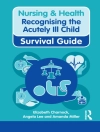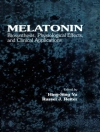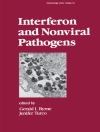A comprehensive reference guide to the successful performance of pediatric autopsies and to the optimal recognition and interpretation of their pathologic findings. The authors cover such major developmental disorders as hydrops, chromosomal defects, and congenital abnormalities, metabolic disorders, and review the major organ systems. Additional chapters address sudden infant death, cytogenetics, the medical and forensic autopsy, special procedures, cultures and infection control, and biological hazards at the autopsy. Numerous standard reference tables, copious illustrations and drawings, and an appendix at the end of each chapter provide a wealth of practical information and bibliographic citations.
Jadual kandungan
General Principles.- General Principles.- Techniques.- Pediatric Autopsy.- Examination of the Human Embryo.- The Placenta.- Developmental Disorders.- Hydrops.- Chromosomal Defects.- Congenital Abnormalities.- Organ Systems and Metabolic Disorders.- Cardiovascular System.- Respiratory System.- Gastrointestinal System.- Liver, Gallbladder, Biliary Tract, and Pancreas.- Renal System.- Male and Female Genitourinary Systems.- Central Nervous System.- Thymus, Spleen, Lymph Nodes, and Immunodeficiency.- Skeletal System.- Eye and Adnexa Sectioning.- Metabolic Diseases.- Special Considerations.- Sudden Infant Death.- Pediatric Forensic Pathology.- Special Procedures.- Infection Control and Biological Hazards in the Autopsy.












